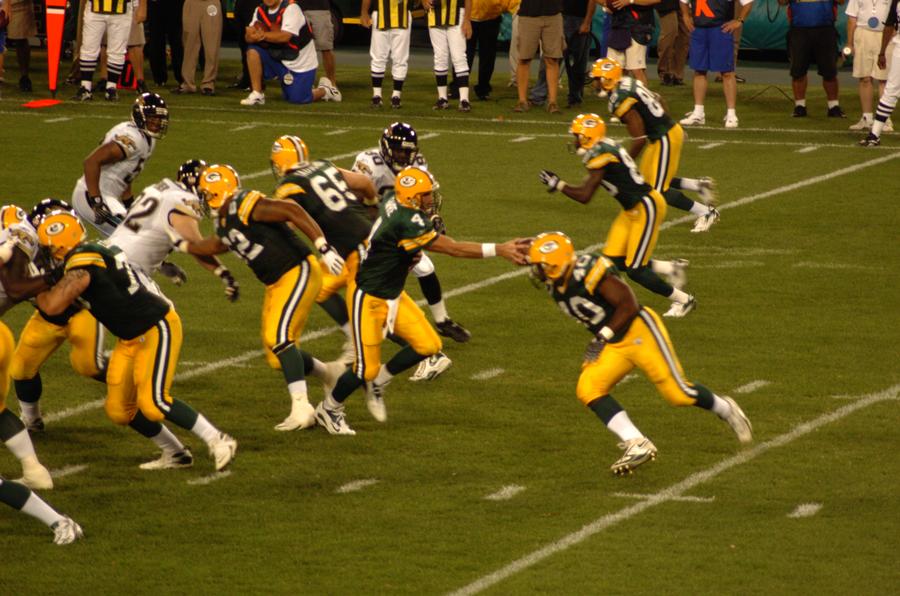Today would have been the 99th birthday of Henri Cartier-Bresson, a co-founder of the Magnum Photos cooperative agency and one of the foremost photographers of our time. Magnum and Slate present some of his most memorable work, alongside portraits of the master photographer himself. Click here to read his biography on the Magnum site.
“Capitalism without financial failure is not capitalism at all, but a kind of socialism for the rich.”
THE subprime mortgage crisis of 2007 is, in fact, a credit crisis — a worldwide disruption in lending and borrowing. It is only the latest in a long succession of such disturbances. Who’s to blame? The human race, first and foremost. Well-intended public policy, second. And Wall Street, third — if only for taking what generations of policy makers have so unwisely handed it.
Possibly, one lender and one borrower could do business together without harm to themselves or to the economy around them. But masses of lenders and borrowers invariably seem to come to grief, as they have today — not only in mortgages but also in a variety of other debt instruments. First, they overdo it until the signs of excess become too obvious to ignore. Then, with contrite and fearful hearts, they proceed to underdo it. Such is the “credit cycle,” the eternal migration of lenders and borrowers between the extreme points of accommodation and stringency.
Significantly, such cycles have occurred in every institutional, monetary and regulatory setting. No need for a central bank, or for newfangled mortgage securities, or for the proliferation of hedge funds to foment a panic — there have been plenty of dislocations without any of the modern-day improvements.
Late in the 1880s, long before the institution of the Federal Reserve, Eastern savers and Western borrowers teamed up to inflate the value of cropland in the Great Plains. Gimmicky mortgages — pay interest and only interest for the first two years! — and loose talk of a new era in rainfall beguiled the borrowers. High yields on Western mortgages enticed the lenders. But the climate of Kansas and Nebraska reverted to parched, and the drought-stricken debtors trudged back East or to the West Coast in wagons emblazoned, “In God we trusted, in Kansas we busted.” To the creditors went the farms.
Grant writes the excellent “Grant’s Interest Rate Observer“.
Dave Stark’s Second Quarter (2007) Madison Area Real Estate Market Update
As we pass the half way point in 2007, the underlying forces that are driving the South Central Wisconsin real estate market are starting to define themselves, and as they do so, the future course of things is coming into
focus. After a year of confusing and often contradictory signals, the market seems to be settling into a somewhat predictable groove. The bad news, if you choose to view it that way, is that it’s looking more and more apparent that we won’t be returning any time soon to the go-go market of a couple years ago. On the other hand, demand is remaining relatively constant, and that should set the stage for a return to equilibrium.
In Dane County, single family sales were down 4% in the second quarter, and only 2% year to date, but they’re off 13% year to date from their 2005 high. Sauk and Columbia Counties are off slightly more on a percentage basis, but because they are smaller markets, they don’t change the overall percentages much. If we add in condos, sales for the first half of the year are down about 5.5% in this three county area compared to last year, and down about 11.6% from the 2005 record. So, as predicted, sales have stabilized in the first half of 2007, and we’re expecting the rest of the year to follow a normal seasonal pattern. Prices remain firm in all markets.
The second half of 2006 was much slower than the first, so it will be interesting to see how the second half of 2007 compares. Based on current offer activity, we’re backing off our earlier prediction that the second half of 2007 will be up 5 to 10 percent over 2006. But we don’t expect much falloff either. In other words, we seem to have found a new level of activity, about 10-12% below the record, and unsustainable, pace of a couple years ago.
A Report on GPS Navigation Systems
CNET:
Many of today’s new cars offer in-dash GPS as an option, and some offer it as standard equipment. The earliest models were CD-based, lacked detail and had a robotic voice. Nowadays, any in-dash system worth its salt is DVD-based, so maps for the entire country have more detail and Malaysian maps will usually fit onto a single disc. In-dash systems are usually more expensive than their portable counterparts, but they usually feature larger screens and integrate better with other vehicle electronics. And even when the signal is lost, the car’s sensors will keep tracking the car on the map until the signal lock is regained.
An Evening with the Green Bay Packers and Jacksonville Jaguars at Lambeau Field

A few observations after my first Packer game in 24 years:
- Lambeau Field, like all modern sports facilities is designed to extract the maximum amount of cash from visitors. $8.50 burgers and $5.50 pizza slices.
- Bottled water ($3) is delivered with the caps removed because “people are throwing them on the field”.
- The game was fun to watch, despite the outcome.
- People watching was nearly as interesting as the game.
Many photos, here.
Dollar Diplomacy: How much did the Marshall Plan really matter?

Berlin Airlift Memorial at Tempelhof Airport U-Bahn Platz der Luftbrucke 52.484141 13.387412
t was “the most generous act of any people, anytime, anywhere, to another people,” its chief administrator declared. It was “among the most noble experiences in human affairs,” its representative in Europe said. It was “the most staggering and portentous experiment in the entire history of our foreign policy,” the young Arthur Schlesinger, Jr., who served on its staff, wrote. Foreigners concurred. It was “like a lifeline to sinking men,” according to the British Foreign Secretary Ernest Bevin. It “saved us from catastrophe,” a manager at Europe’s largest tire factory declared. Sixty years after Secretary of State George C. Marshall outlined the need for economic aid to stimulate European recovery, in a speech at Harvard University’s commencement on June 5, 1947, the plan named after him continues to be fondly remembered in donor and recipient countries alike. In our own time, liberal internationalists have periodically called for new Marshall Plans. After the collapse of Communism, some economists maintained that the former Soviet Union was in need of one. More recently, there has been desultory talk of Marshall Plans for Afghanistan, Iraq, and even the West Bank and Gaza. When critics lament the allegedly modest sums currently spent by the American government on foreign aid, they often draw an unfavorable contrast with the late nineteen-forties. Yet some people, at the time of its inception and since, have questioned both the Marshall Plan’s motivation and its efficacy. Was it really so altruistic? And did it really avert a calamity
IRS Taxpayer’s Advocacy Panel 2006 Report
The Quants Explain Disaster
Back in 1998, that now infamous quant fund really did melt down, not only liquidating, but shaking the entire global financial system. Long-Term used complex computer models that failed to anticipate some severe once-in-a-lifetime market events, and it was shockingly leveraged — it was using $100 of borrowed money for every dollar of its own capital — which magnified its losses. It was also run by some of the smartest people on Wall Street. “When Geniuses Fail” was the apt title to Roger Lowenstein’s fine book about that fiasco.
Ever since, whenever quant funds stumble, it’s “When Geniuses Fail Redux.” Wall Street wags begin to wonder if those losses will lead to something truly cataclysmic, while newspaper reporters take a certain undisguised glee in reporting on really smart people losing money. Even now, there’s enough Luddite schadenfreude in the air that rumors continue to circulate that AQR is continuing to absorb substantial losses — which is the exact opposite of the truth, Mr. Asness says.
Ritholtz has more here and here.
“The Stock Market is Still Extremely Expensive”
don’t know whether this is a “correction in a bull market” or the “start of a bear market,” but I am far more persuaded by the latter case. After ten years on Wall Street, however, I can promise you this: No one else knows either. Go ahead and listen to the parade of smart guests on Bubblevision–their reasoning ranges from impeccable to hilarious–but just don’t let yourself get seduced into betting big one way or the other. Because no one knows. (We have 50/50 odds, though, so half of us will be “right”).
One thing we do know: Based on correctly calculated long-term valuation trends (cyclically adjusted P/E), the stock market is still extremely expensive (close to the peak levels of 1929, 1966, and 1987, and only below the all-time peak of 2000). I expect that this will eventually revert to the mean, and that one of these days we will see the “start of a bear market” that could take us below the 7700 trough on the DOW in 2002. This could be it (and if it is, this is just what it will look like). And given the housing market, credit crunch, oil prices, etc., it’s not hard to see how we would get there. But anything is possible, and long-term valuation trends are nearly useless for near-term timing calls.
A Bit of Wall Street Humor
This bit of humor has been circulating around Wall Street the past few days:
Investment Dealers are excited to announce the newest structured finance product – Constant Obligation Leveraged Originated Structured Oscillating Money Bridged Asset Guarantees, or COLOSTOMY BAGS.
